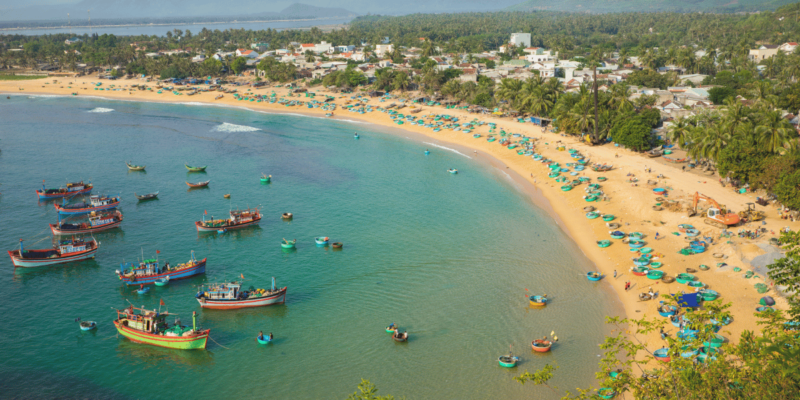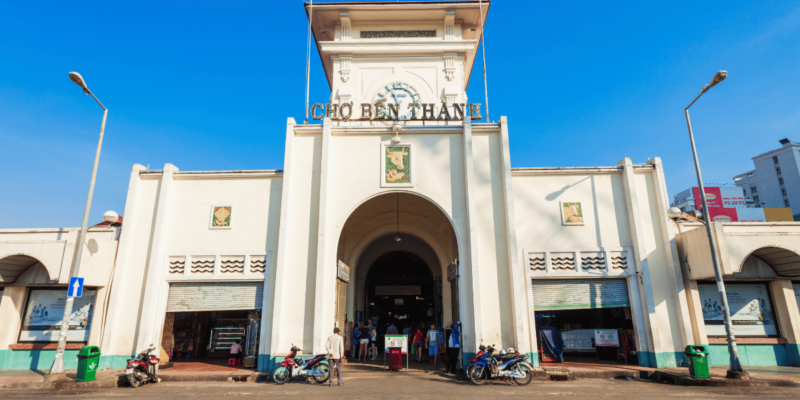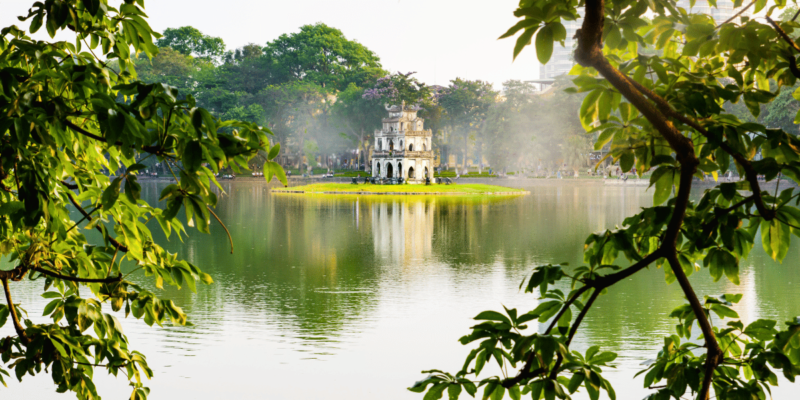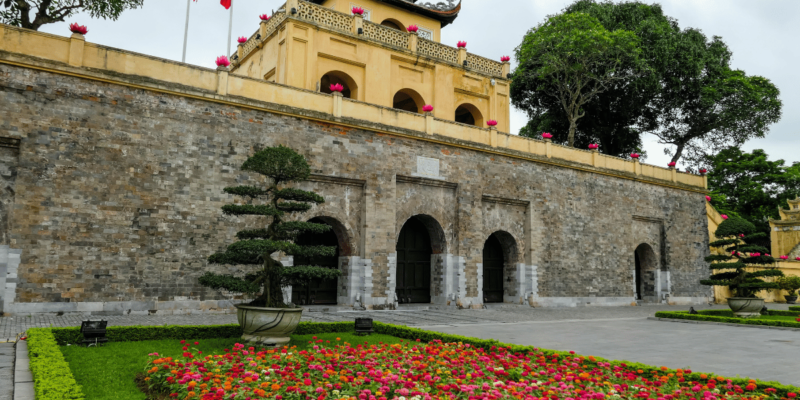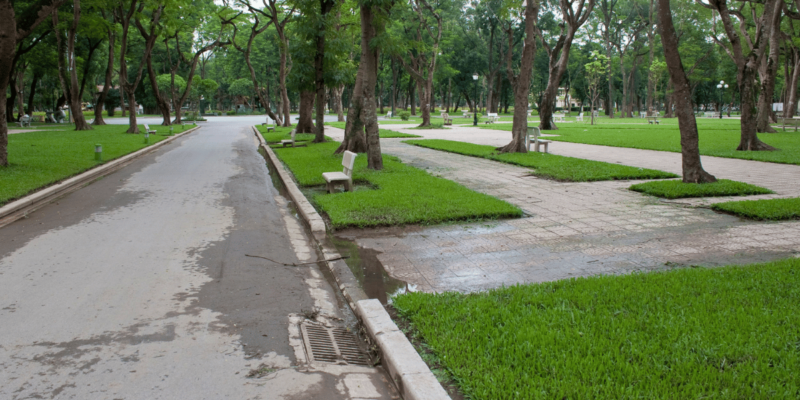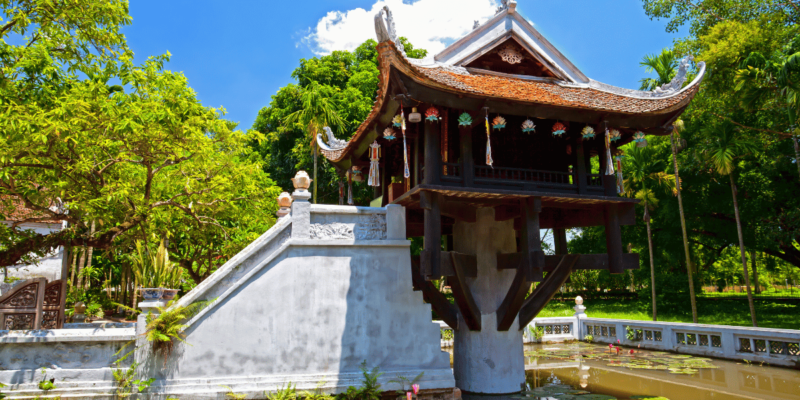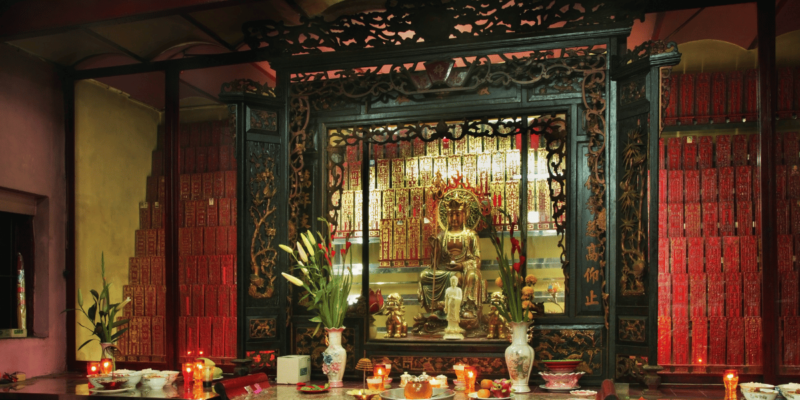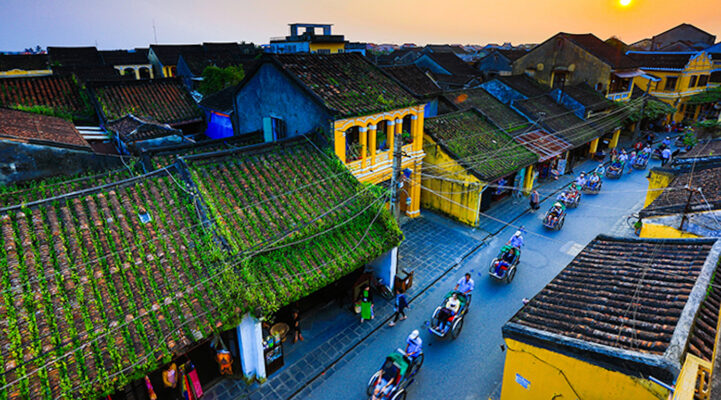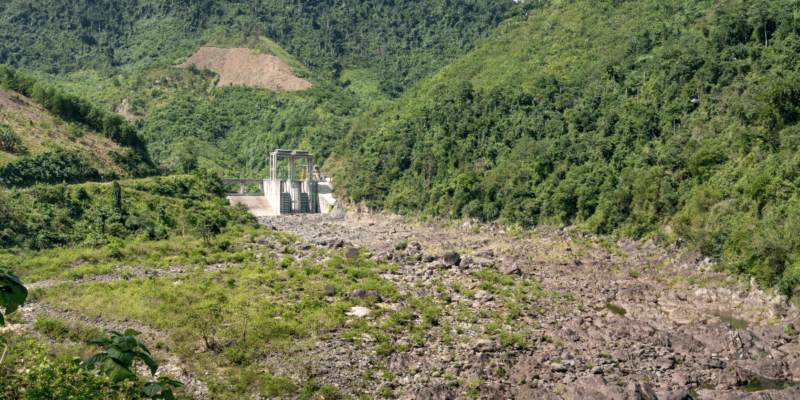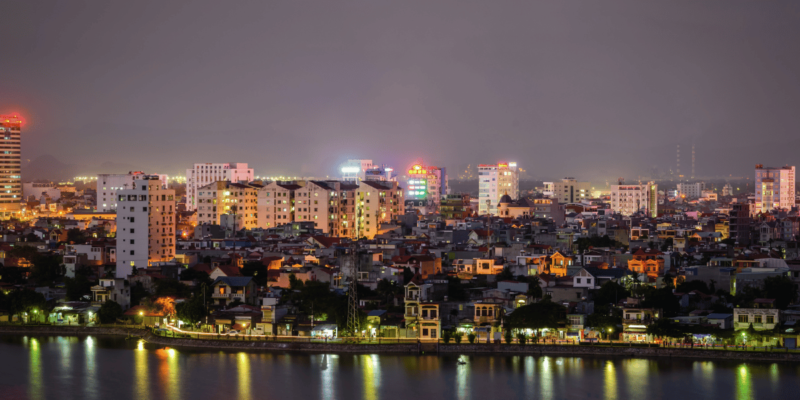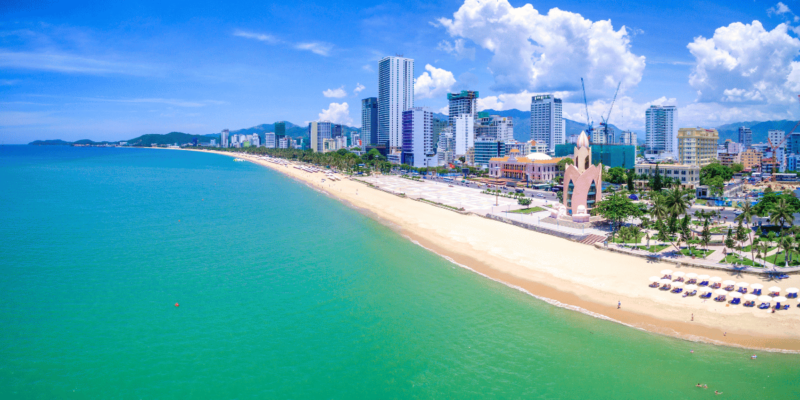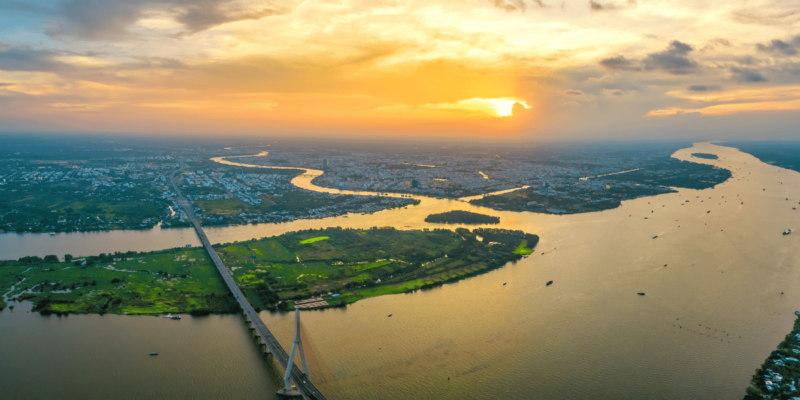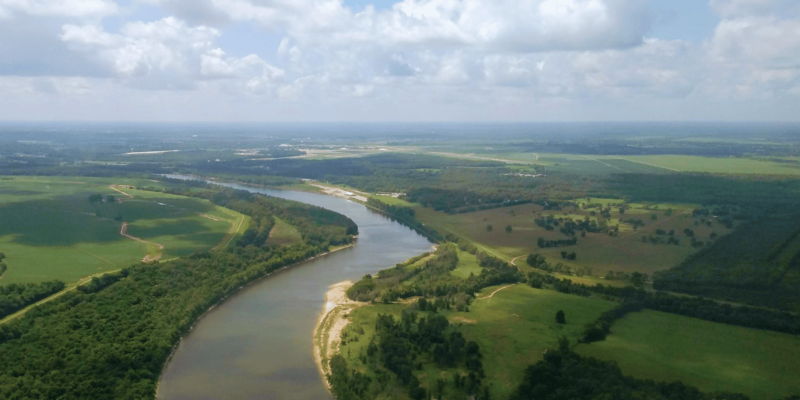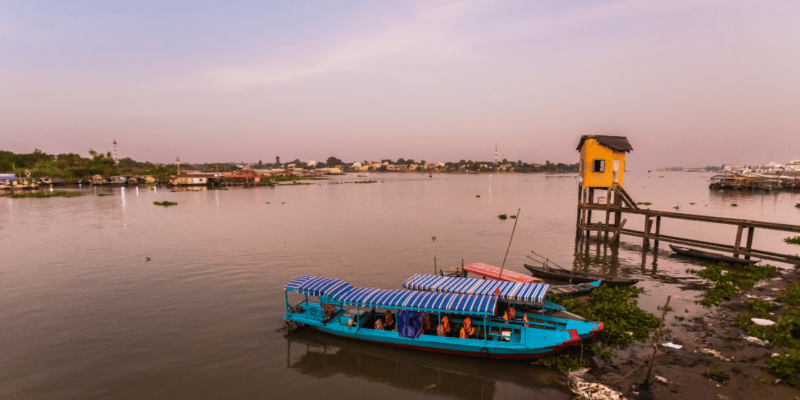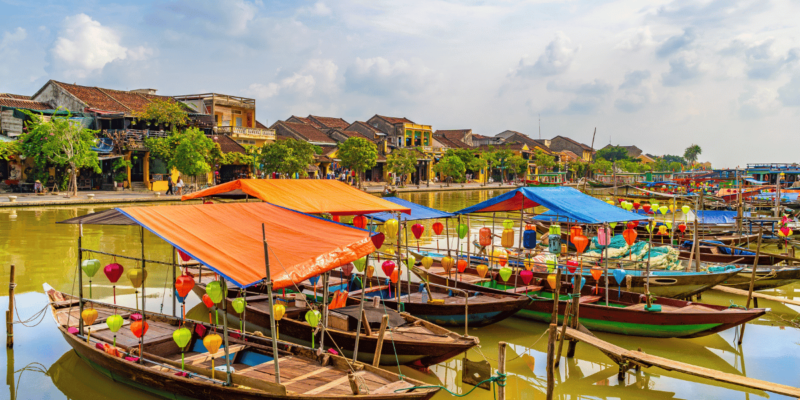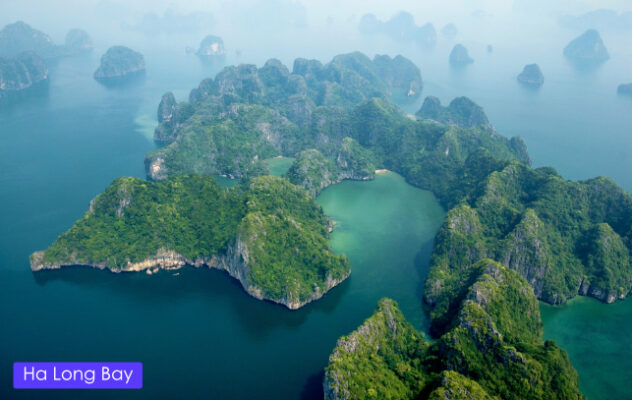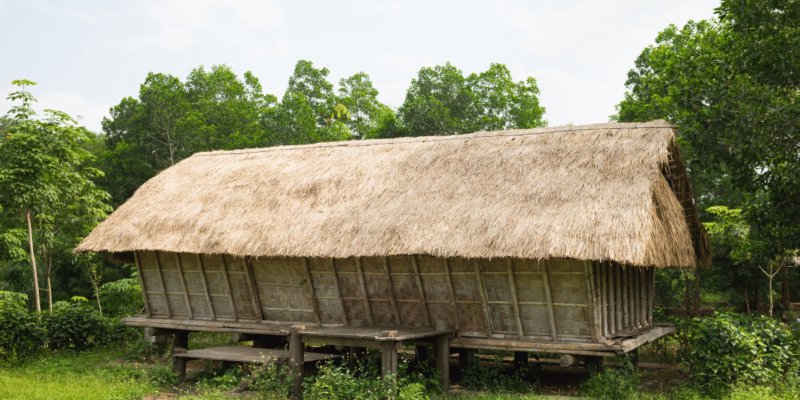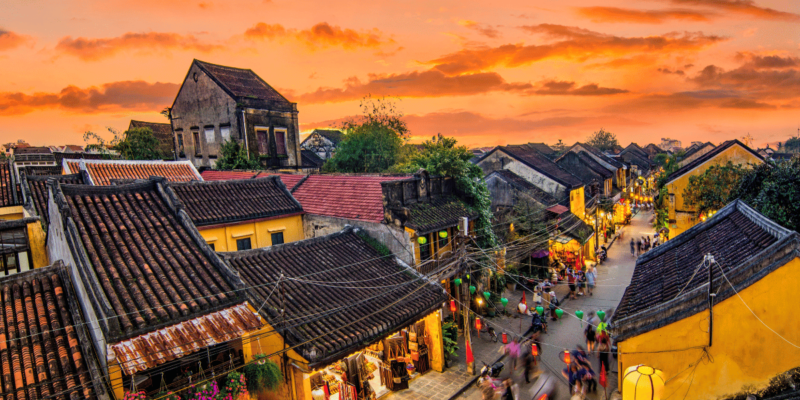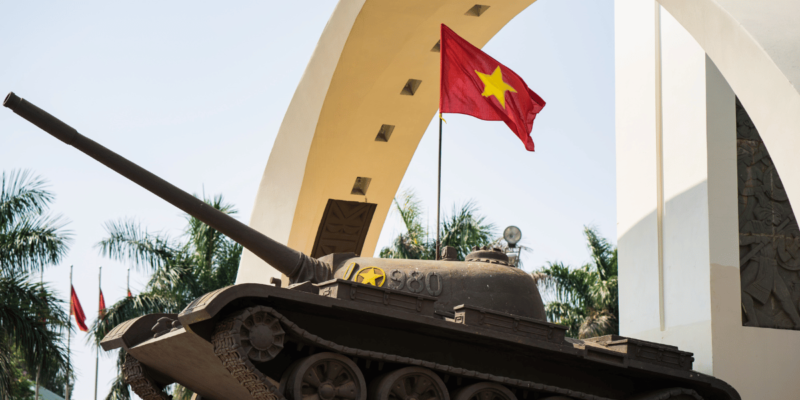Exploring the DMZ: Vietnam’s War-Torn Past and the Resilience of Quang Tri
The Demilitarized Zone (DMZ) in Quang Tri, Vietnam, represents a poignant chapter in Vietnam’s history, marked by intense conflict during the Vietnam War. For those interested in the remnants of war and the enduring resilience of the Vietnamese people, a visit to the DMZ is a deeply moving experience. The landscape, while peaceful now, bears the scars of past battles, with many sites still carrying the burden of unexploded ordnance, making expert guidance essential.
Guided Tours and Historical Insights Traveling with Haivenu ensures safety and enriches the experience as expert guides, knowledgeable about the area’s history and terrain, navigate through the historical sites. These guides are crucial, especially in areas that might still pose a safety risk due to unexploded ordnance. For those with personal connections to the war, whether veterans returning for closure or relatives of servicemen, Haivenu offers tailored tours that attempt to trace the footsteps of the past, sometimes even reconnecting with local people who witnessed the events.
Key Sites in the DMZ Tour The tour of the DMZ typically encompasses several significant sites that echo the stories of war and peace. Key locations often include:
- Vinh Moc Tunnels: Unlike their more famous counterparts in Cu Chi, the Vinh Moc tunnels were primarily a refuge for civilians. The network includes living spaces, a school, and a clinic where several babies were born, symbolizing life amidst destruction.
- Truong Son National Cemetery: This solemn site serves as a memorial to the thousands who died maintaining the Ho Chi Minh Trail, which played a critical role in North Vietnam’s war efforts.
- Hien Luong Bridge and Ben Hai River: Once a vivid symbol of the nation’s division, the bridge across the Ben Hai River, which was the demarcation line set by the 1954 Geneva Accords, tells a story of separation and eventual reunification.
Other Noteworthy Sites Other locations that may be featured in a DMZ tour include:
- La Vang Church, an important site of Catholic pilgrimage reflecting the religious diversity of Vietnam.
- Quang Tri Citadel, a site of fierce battles during the war.
- The Rockpile, a strategic American outpost offering commanding views of the surrounding area.
- Khe Sanh Combat Base, one of the most famous battlegrounds of the Vietnam War.
Cultural and Historical Context The tour also offers insights into the ingenious strategies employed by North Vietnamese forces, such as the extensive use of the Ho Chi Minh Trail—a network of paths and tunnels used to transport troops and supplies, largely shielded from aerial view and hence not a visible landmark today.
Conclusion Visiting the DMZ in Quang Tri is more than just a journey through former battlefields; it’s an exploration of the human spirit’s capacity for resilience and ingenuity in the face of adversity. Each site in the DMZ tells part of the story of Vietnam’s struggle for independence and reunification, providing visitors with a profound understanding of the complex historical forces that have shaped this resilient nation. Whether one seeks to understand military tactics, honor the memory of the fallen, or explore personal histories, the DMZ offers a powerful, educational, and deeply human experience.

